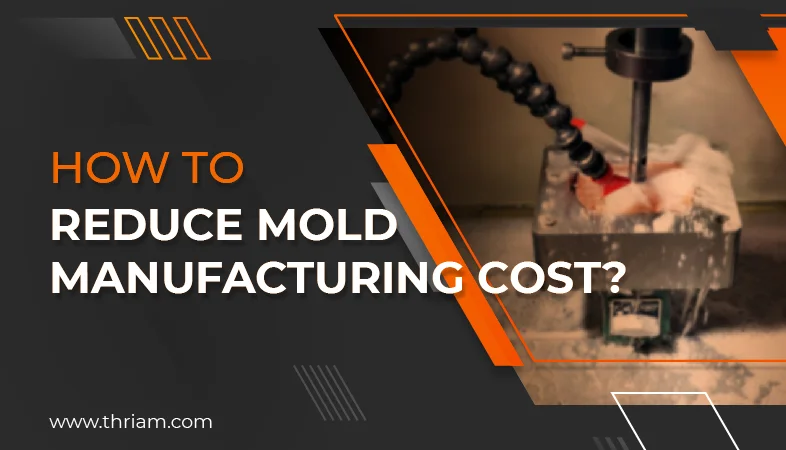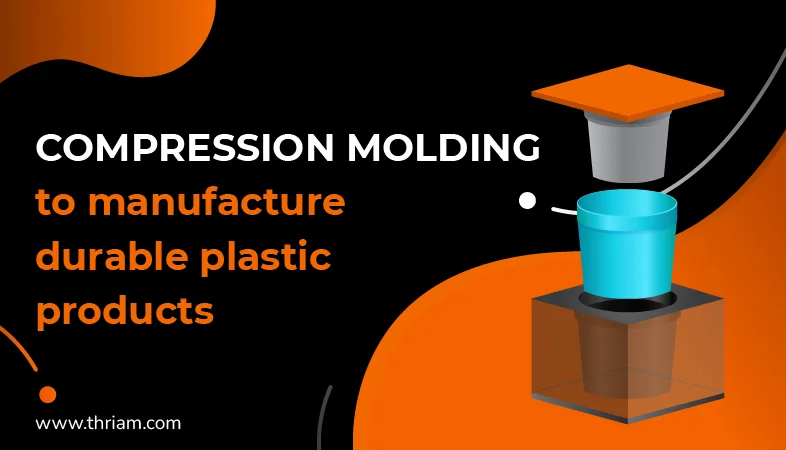Design and Engineering Fusion: Collaborative Approaches in Mold Development
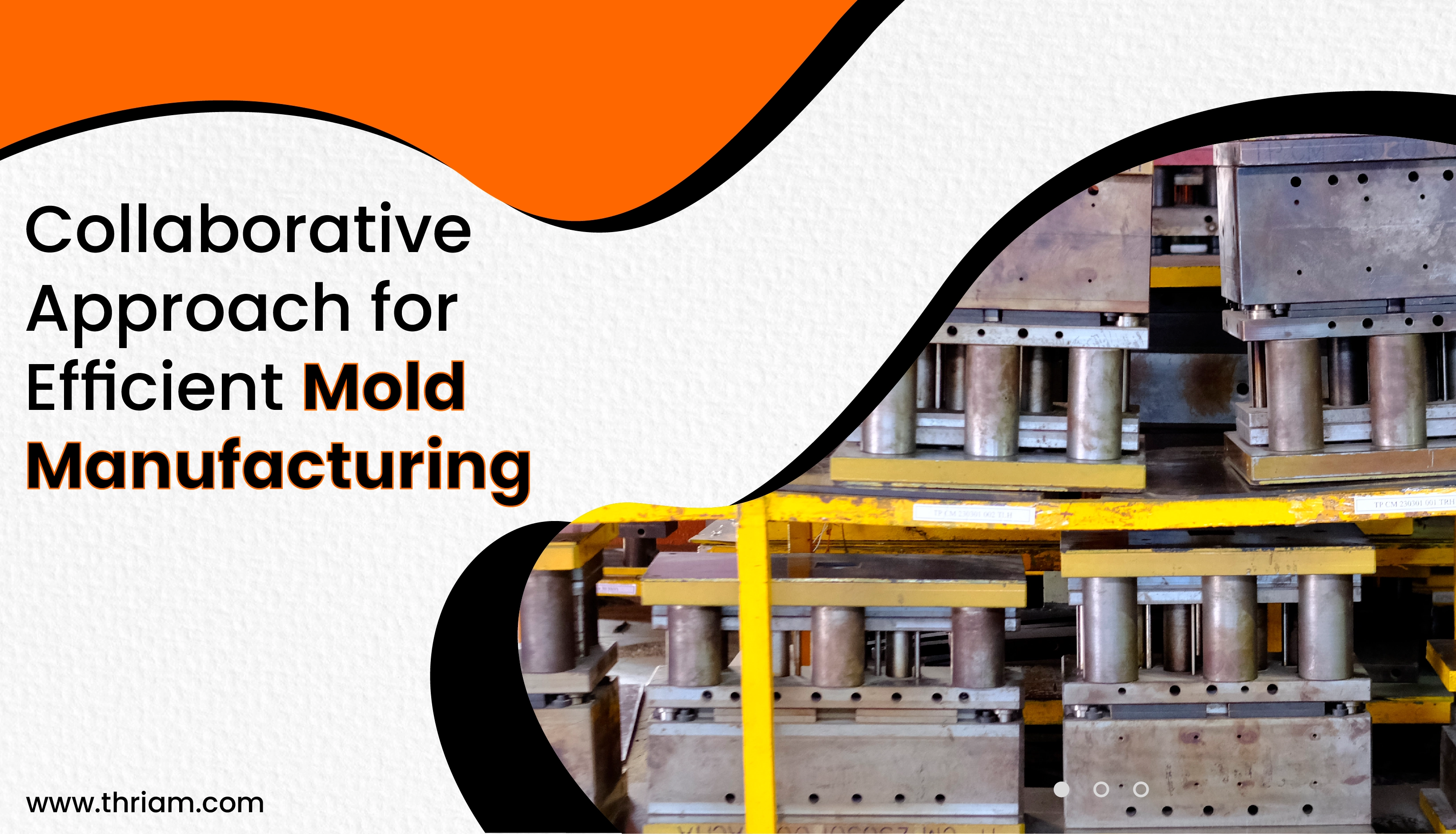
Mold development plays a crucial role in various industries, such as manufacturing, automotive, and aerospace. It involves the creation of molds, which are used to produce components, parts, or products. In order to ensure successful mold development, effective collaboration between designers and engineers is essential. In this blog post, we will explore the importance of collaborative approaches in mold development and discuss strategies for engaging with designers and engineers.
The Role of Designers in Mold Development
Designers are responsible for creating the initial concept and design for the mold. They play a vital role in ensuring that the mold meets the required specifications and functionality. Collaboration between designers and engineers is crucial to ensuring that the mold's design aligns with manufacturability and feasibility. Effective communication and exchange of ideas between designers and engineers can help identify potential design flaws or improvements early in the process, saving time and costs.
To foster collaboration, designers can provide detailed design specifications and consider inputs from engineers during the design phase. Similarly, engineers can provide feedback to designers on manufacturability, material selection, and cost considerations. Regular meetings and reviews involving both parties can ensure that the mold's design is optimal for production.
Here are some points that highlight the role of designers in mold development:
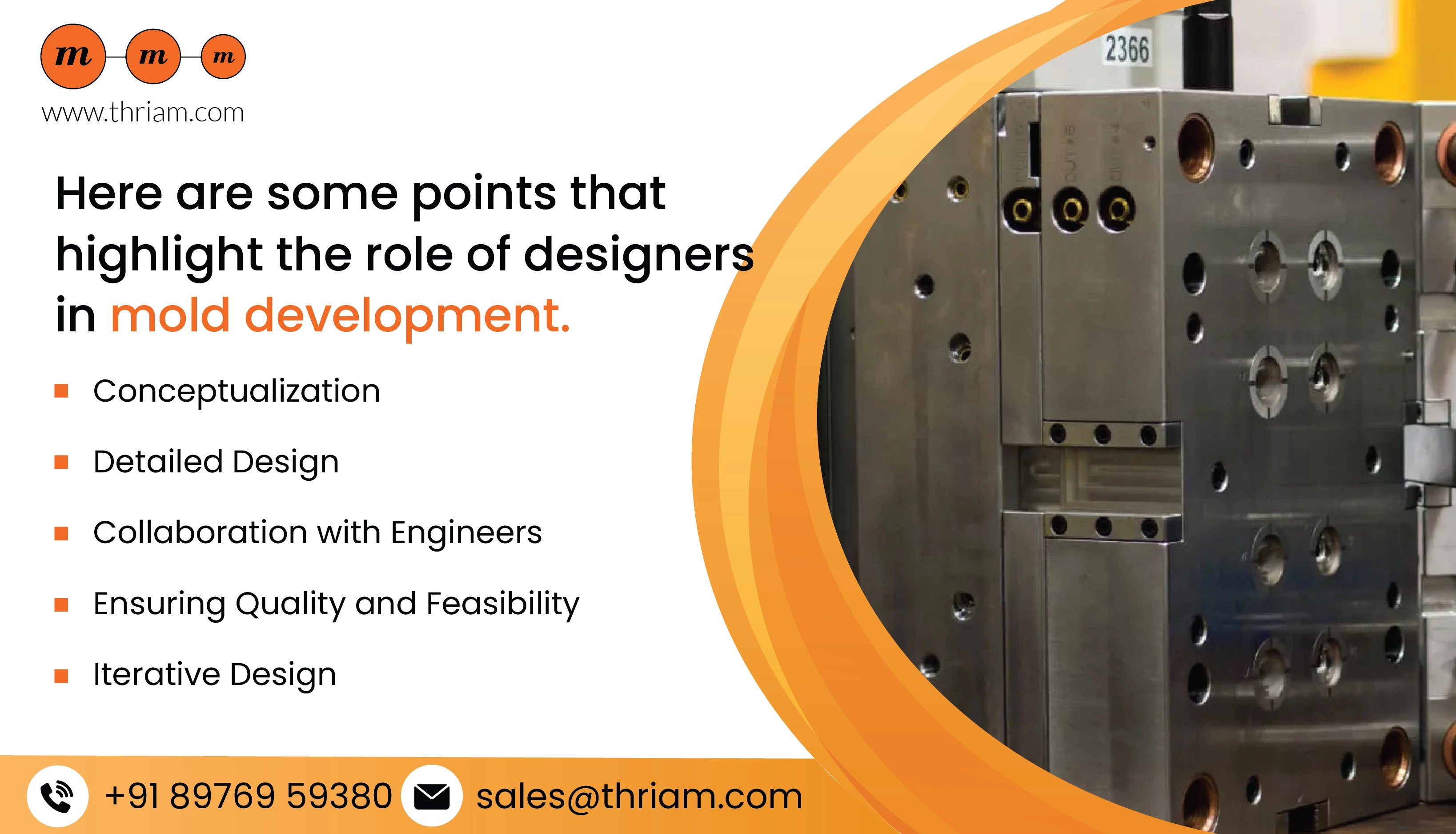
1. Conceptualization
Designers are responsible for conceptualizing and creating the initial mold design. They use their experience and technical expertise to come up with innovative ideas and ensure that the mold's design aligns with the client's needs and specifications.
2. Detailed Design
Designers create detailed design specifications for the mold, which include every aspect of the mold, from its size and shape to the function it serves. This detailed design specification helps engineers understand the designer's intent and implements the intended design.
3. Collaboration with Engineers
Collaboration with engineers is essential to improve the mold's design and align it with manufacturing requirements. Designers work closely with engineers to identify potential design flaws or improvements early in the process, saving time and costs.
4. Ensuring Quality and Feasibility
Designers ensure that the mold's design meets quality standards and remains feasible for manufacturing purposes. They take into account the cost of materials and manufacturing processes to ensure the mold's design remains economically viable.
5. Iterative Design
Designers are responsible for ensuring that the mold's design meets the client's expectations. This often involves iterative design and constant refinement, in order to achieve the desired outcome.
The Role of Mold Makers in Mold Development
Mold makers play a crucial role in the process of mold development. They are skilled professionals who specialize in fabricating molds based on the design specifications provided by designers and engineers. Let's explore the various aspects of the role of mold makers in mold development:
1. Expertise in Materials and Processes
Mold makers possess in-depth knowledge and expertise in various materials and manufacturing processes. They carefully analyze the design specifications and select the most appropriate materials and processes for the construction of the mold. Their understanding of materials ensures that the mold will be able to withstand the stresses and pressures of the manufacturing process.
2. Precision Manufacturing
Mold makers are responsible for accurately translating the design specifications into physical molds. They use their precision machining skills to fabricate the mold components with high accuracy and attention to detail. This precision is crucial to ensure that the mold will produce parts or products that meet the required specifications.
3. Assembly and Testing
Once the individual mold components have been fabricated, mold makers are responsible for assembling them into a functioning mold. This involves aligning and fitting the components together with precision to ensure proper functionality. After assembly, mold makers also conduct thorough testing to verify that the mold is working as intended before it is used for production.
4. Troubleshooting and Maintenance
Mold makers play a vital role in troubleshooting any issues that may arise during the mold development and manufacturing process. They have the expertise to identify and address problems such as improper mold functionality, inadequate part release, or inconsistent product quality. Additionally, mold makers are responsible for performing regular maintenance and repairs to ensure the longevity and optimal performance of the molds.
5. Collaboration with Designers and Engineers
Effective collaboration with designers and engineers is essential for mold makers. They work closely with these stakeholders to understand the design intent and functional requirements of the mold. Collaboration ensures that any necessary modifications or adjustments to the mold design can be made during the fabrication process.
Benefits of Collaborative Approaches in Mold Development
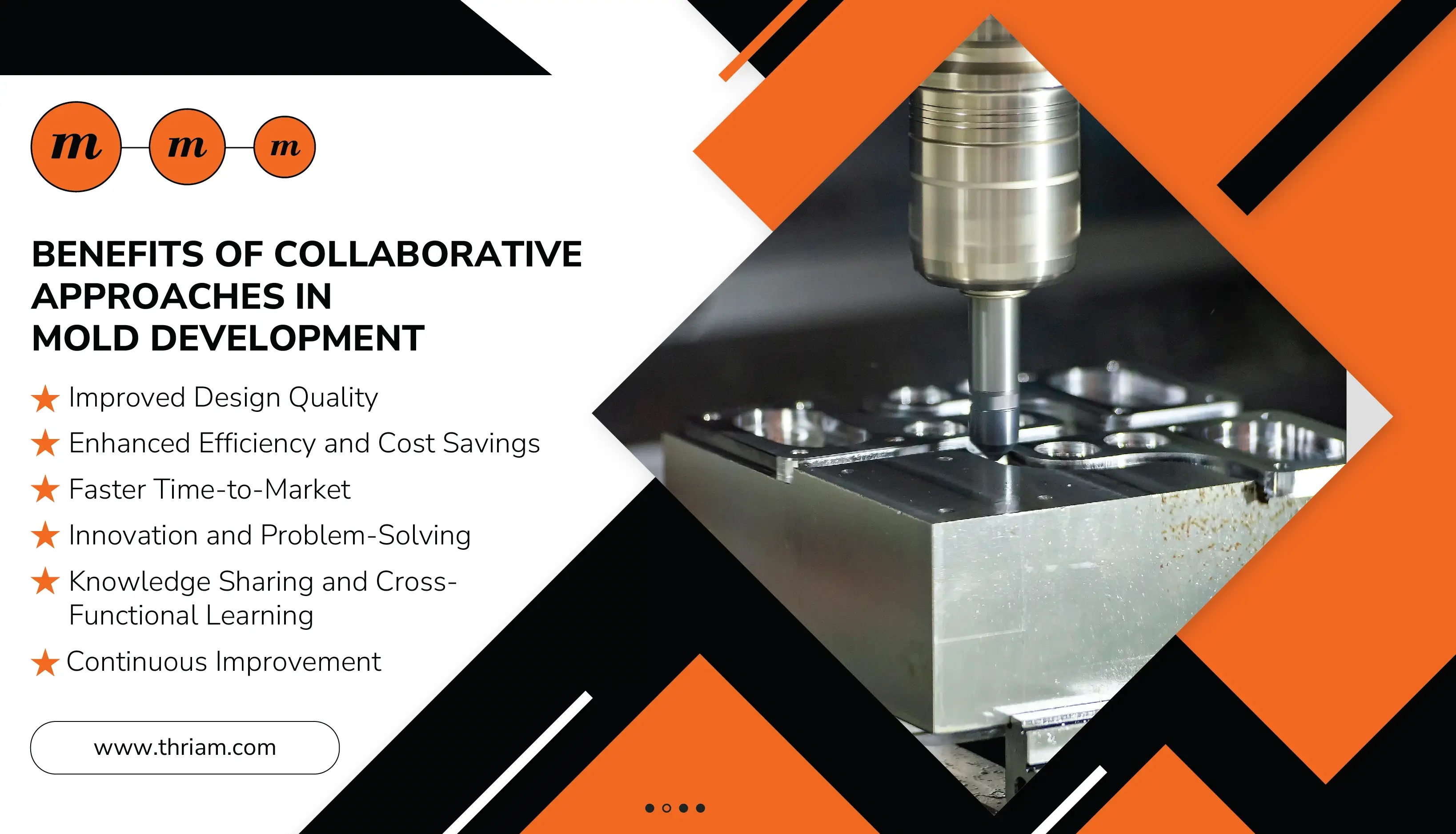
Collaboration is key to successful mold development. When designers, engineers, and mold makers work together in a collaborative approach, it brings about a range of benefits. Let's explore the advantages of these collaborative approaches in mold development:
1. Improved Design Quality
Collaboration between designers and engineers ensures that the mold's design meets both aesthetic and functional requirements. By combining their expertise and perspectives, they can identify potential design flaws and make necessary adjustments before the mold is fabricated. This collaborative effort leads to improved design quality and reduces the need for costly design changes later in the process.
2. Enhanced Efficiency and Cost Savings
Collaboration minimizes the risk of errors or design flaws, which can lead to costly rework or redesign. By catching and addressing issues early on through effective collaboration, time and costs associated with reworking the mold design can be significantly reduced. Collaborative approaches also help optimize mold manufacturing processes, resulting in improved production efficiency and cost savings.
3. Faster Time-to-Market
When designers, engineers, and mold makers work together from the initial stages of mold development, it streamlines the design and manufacturing process. Collaborative approaches facilitate faster decision-making, as all stakeholders can provide input and insights simultaneously. This reduces design iteration cycles, accelerating the time-to-market for products.
4. Innovation and Problem-Solving
Collaboration fosters an environment where different perspectives and ideas can be shared. This promotes innovation and creative problem-solving. By incorporating diverse expertise and insights, collaborative teams can develop novel approaches and solutions to overcome design and manufacturing challenges in mold development.
5. Knowledge Sharing and Cross-Functional Learning
Collaborative approaches in mold development encourage knowledge sharing between designers, engineers, and mold makers. Designers gain a better understanding of manufacturing constraints, while engineers and mold makers gain insights into design considerations. This cross-functional learning enhances collaboration and improves communication between team members, leading to better overall outcomes.
6. Continuous Improvement
Collaborative mold development creates opportunities for continuous improvement in the mold design and manufacturing process. Regular feedback and communication between stakeholders allow for iterative refinements and the adoption of best practices. This continuous improvement mindset helps optimize the mold's performance, productivity, and longevity.
Overcoming Challenges in Collaborative Mold Development
Collaborative mold development also comes with its fair share of challenges. One common challenge is the difference in language and jargon used by designers and engineers. Clear communication and the use of visual aids can help bridge this gap and ensure a better understanding between the two parties.
Another challenge is finding the right balance between design aesthetics and manufacturing feasibility. By involving both designers and engineers from the outset, potential conflicts can be addressed early on, fostering a collaborative environment where compromises are made without compromising the final outcome.
Future Trends and Emerging Technologies in Collaborative Mold Development
The future of collaborative mold development looks promising, with emerging technologies playing a significant role. Digitization and virtual collaboration tools enable designers and engineers to work together seamlessly, regardless of their physical locations. Virtual reality and augmented reality can further enhance collaboration by providing immersive experiences and real-time feedback.
Additionally, advancements in simulation software and artificial intelligence can help predict and optimize mold performance, reducing the need for physical prototypes and experiments. These technologies hold great potential for improving collaboration and driving innovation in mold development.
Conclusion
Collaborative approaches in mold development, specifically engaging with designers and engineers, are crucial for the success of the process. By fostering effective communication, knowledge sharing, and collaboration between these two key stakeholders, organizations can achieve better mold designs, reduced development time, and improved product quality. As the industry evolves, embracing emerging technologies and future trends will further enhance collaboration in mold development, leading to more efficient and optimized processes.

